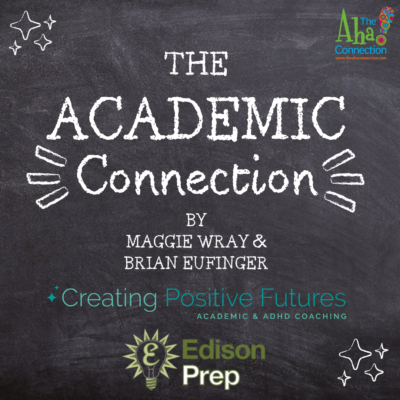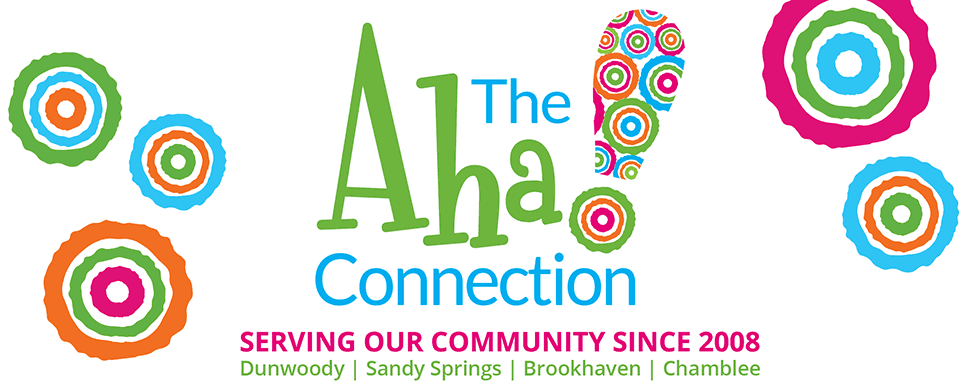 by Brian Eufinger of Edison Prep for The Aha! Connection
by Brian Eufinger of Edison Prep for The Aha! Connection
Note: This blog post was originally written before the incredibly unfortunate news about the delayed Better FAFSA rollout was announced. Therefore, these first two paragraphs are about how the delay is being handled, and the overall info re: the new Better FAFSA and financial aid process (the original article) is below!
As many parents have likely heard by now via media outlets, the “Paying for College 101” Facebook group, and elsewhere, the “Better FAFSA” that was supposed to debut in early January is highly delayed. The Department of Education originally planned to open it in December of 2023, then pushed to January. They now have announced that processing of FAFSA forms has been postponed until mid-March. It will take a few additional weeks for schools to be able to access the data and construct financial aid offer letters to families. Long story short, most schools will not be providing financial aid offer letters to families until April. A few schools (and more to come) have already announced that their enrollment deadlines will be extended to June rather than the usual May 1st deadline as a result.
The main two types of financial aid forms: CSS/Profile and FAFSA
The CSS/Profile is primarily used at 150 or so private schools and some of the most selective schools, while FAFSA is more common at public schools and in general. Think of the CSS/Profile as being like the 1040 Long Form, whereas the FAFSA as the 1040-EZ. The CSS/Profile is run by College Board, and the FAFSA is run by the federal government.
What is Better FAFSA?
The Better FAFSA overhaul is the biggest overhaul of FAFSA and the financial aid process in the last 40 years. People had long complained that the form was lengthy, difficult, and confusing. Think of the overhaul as the Federal Paperwork Reduction Act applied to the longstanding FAFSA process. The goal was to reduce the number of questions and make it less onerous to fill out, and with plain language. Most of the numbers you’ll need on the revised form can come straight from the numbers you’ll need to file your taxes. You can directly import your tax info from the IRS to FAFSA. You can consent to “DDX” (direct data exchange) so that those variables can be shared in order to calculate your financial aid eligibility. A majority of the items for the 2024-2025 FAFSA are on the first page or two of your tax return.
Expected Family Contribution, we hardly knew ye.
Parents of older students may be familiar with the Expected Family Contribution (EFC). That will now be called the Student Aid Index (SAI). Before FAFSA simplification, your EFC incorporated income, assets, and family size (more kids in college). Under the new SAI, the biggest difference is the elimination of the multiple sibling discount. Aid packages may be reduced relative to what you may have qualified for when families had multiple overlapping kids in college.
Just because you have need does not mean the college is going to meet that need, which is a highly misunderstood topic. There’s something called “gapping” – which is when a student has an SAI that shows a large amount of need, and the school gives you only a small amount of aid and leaves you with a giant gap (“gapping”). There are some schools (not a majority) that promise to meet the need as provided by the calculation: “meets need schools.” If you Google “meets need schools” you can find a list of schools that promise to cover that gap (see link at bottom of this article as well). Schools with larger endowments are able to do that, but financially, most schools cannot afford to make that blanket promise and still keep the lights on. Or if they do, they practice need-aware admissions, in which case they take into account ability to pay during the admissions process.
By and large, almost all families should fill out the FAFSA.
Many parents are fashionably pessimistic that they will not qualify for financial aid, which due to the variety of family situations and income/asset situations, may or may not be true. But parents should always fill out the FAFSA just in case, partially because a number of schools won’t let you qualify for merit aid unless you fill out the FAFSA as well!
My kids are younger. Does this apply to me yet?
Younger families reading this post should avail themselves of the Net Price Calculator (NPC) that most colleges have somewhere on their site that allows you to enter some high level data and give you a sense of what your financial aid status might be at their school. The data is not binding, but they are fairly accurate in our experience, plus or minus a few thousand dollars. and are populated using some of the same data you’ll use when doing the real FAFSA.
Additional Links:
The Academic Connection:
Brian is the co-founder of Edison Prep, a Sandy Springs-based college prep company that works with students who are preparing for the SAT, ACT, and other standardized tests such as AP History, and who are navigating the process of both applying to and affording college.
Maggie is a Dunwoody resident and the founder of Creating Positive Futures, an academic coaching company that helps middle, high school, and college students earn better grades with less stress by developing the organization, time management, mindset, study strategies, and executive functioning skills they need to reach their goals.
We’re excited to share some helpful ideas and information with Aha! Readers, and hope you enjoy this new feature! If you ever have any questions or need additional support, please feel free to reach out to us directly using the contact information below and we’ll be happy to help.
With best wishes,













